Einmal im Leben [Once in a Lifetime] was the title of a successful television series broadcast on German TV in the 1970s. The series showed the adventures of people building their dream houses in the hopes of finally becoming “kings and queens of their own castles”. At the time, people in West Germany were fleeing the cities en masse. Suburban settlements spread like wildfire. Villages close to the cities were colonised by single-family homes and the state gave tax breaks to private commuters, to whom the cities became mere servants. Woe be unto anyone who would impose building codes or other regulations and dampen homeowners’ dreams!
Since then, Germany has developed the opposite trend: people are moving back to the city. Those dream houses in the countryside are sold with difficulty or simply stand empty. Many countries throughout Europe tell the same story, and sometimes the long commute between work and home is no longer awarded the tax break.
Of the many people leaving Romania for work, none are reimbursed for their commutes between their homes and places of employment. Perhaps that is why they cannot come back to visit very often. Yet, many dream of returning and of living in a nice house with their families; quite a few are able to realise this dream, even if they have to wait for water or electricity lines in their area. For many, however, finishing the house remains a distant dream, as it must be built while they are still abroad, advising the builders from afar over the phone. At the same time, many building materials and styles are used that could be described as having been ‘imported’ from the host countries. This results in a diversity of one-of-a-kind, individually designed constructions scattered about the countryside that can hardly be categorised at all. What the houses do have in common, however, is the story of the dream they tell: the dream of a big home for the reunited and expanded family with a large garden and swimming pool, of houses that stand as witnesses to their owners’ worldly pursuits. Both their size and number dominate wide swaths of the Romanian landscape at the expense of traditional local homes. Meanwhile, the social life in these areas continues to wane. The dream houses are rarely lived in, because their owners never come back or because they are too big and difficult to maintain.
The exhibition Brave New World – Romanian Migrants’ Dream Houses sheds light on the architectural dream of a brave new world, with impressive photographs displaying the diversity of forms in the constructions. The images themselves are joined together in the shape of a house, and as such are surrounded by large panoramic photographs of Romanian landscapes. The visitor can thus contemplate the lives and dreams of the house builders from the trifocal perspective of inside, outside and above.
We see snapshots of these dream worlds, each one telling a long and personal life story. Only once in a lifetime will these stories be reflected with such intensity in the exhibition architecture, and they are not in the least a purely Romanian phenomenon. The exhibition simply brought the point home.
Translated into English by Anne Popiel.
Brave New World – Romanian Migrants’ Dream Houses is on view at the National Museum of the Romanian Peasant, Bucharest, until September 27, 2017.
The travelling exhibition, curated by Beate Wild and Raluca Buțincu Betea, was presented at the Museum Europäischer Kulturen Berlin (21 November 2015 – 24 April 2016), CLB Berlin (29 April – 14 June 2016) and the Transylvanian Museum of Ethnography in Cluj-Napoca (1-30 July 2017).
Photographs by Petruţ Călinescu, Matei Bejenaru, Remus Gabriel Anghel, Eli Bădică, Carmen Chasovschi, Pietro Cingolani, Ionuț Dulămiță, Anamaria Iuga, Andra Jacob Larionescu, Daniela Moisa, Diana Necoară, Cristina Toderaș, Amelia Tue, and Ciprian Vațe.
POSTED BY
Olaf Bartels
Olaf Bartels, architecture journalist and historian. Studied architecture at HbK Hamburg. Co-founder of CINEPOLIS für Raum, Architektur und Stadt im Film since 2000. Besides his teaching activity in ...
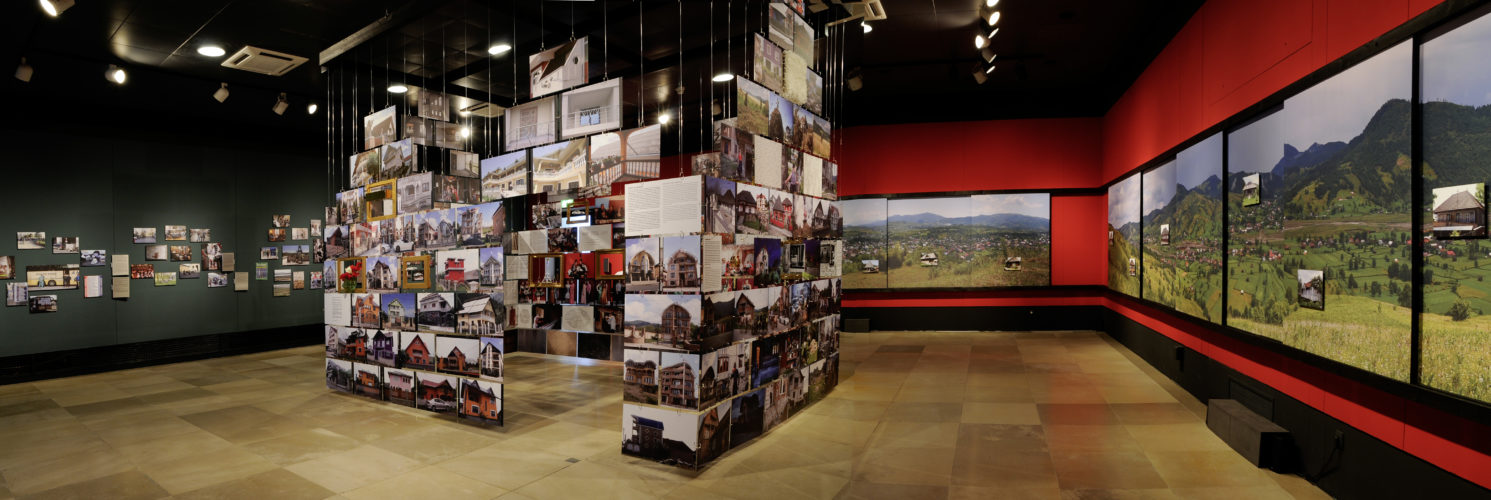
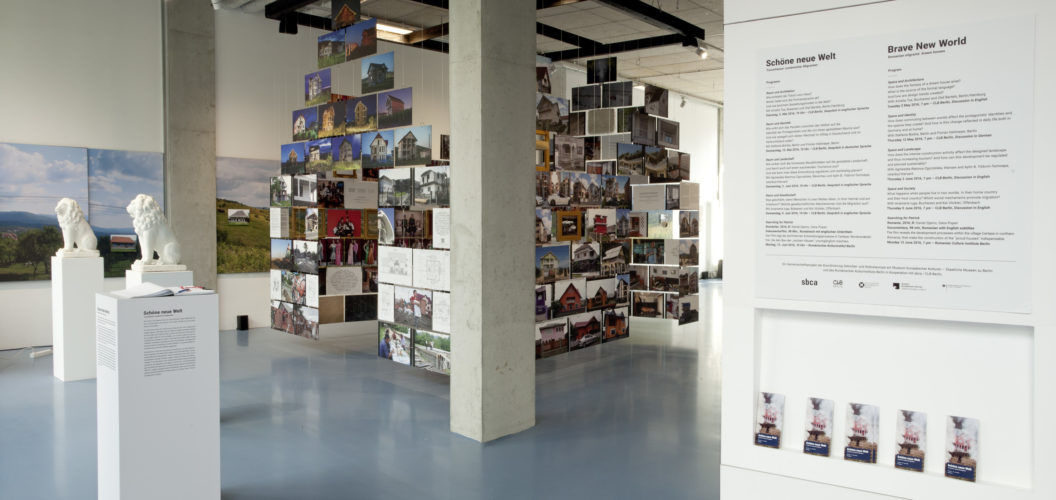

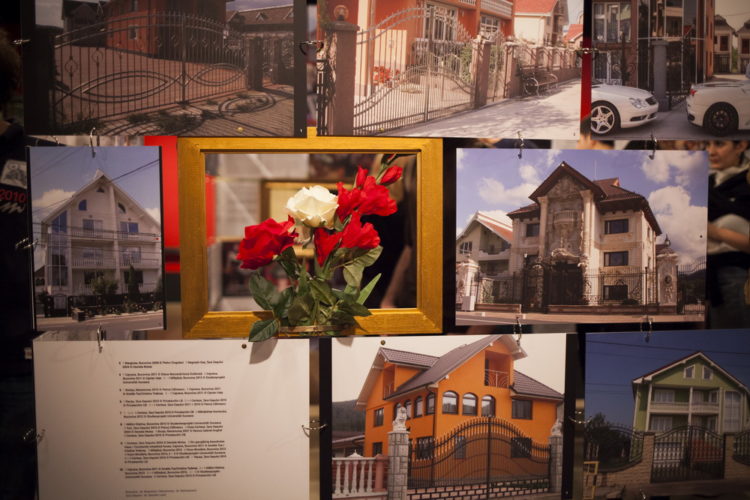
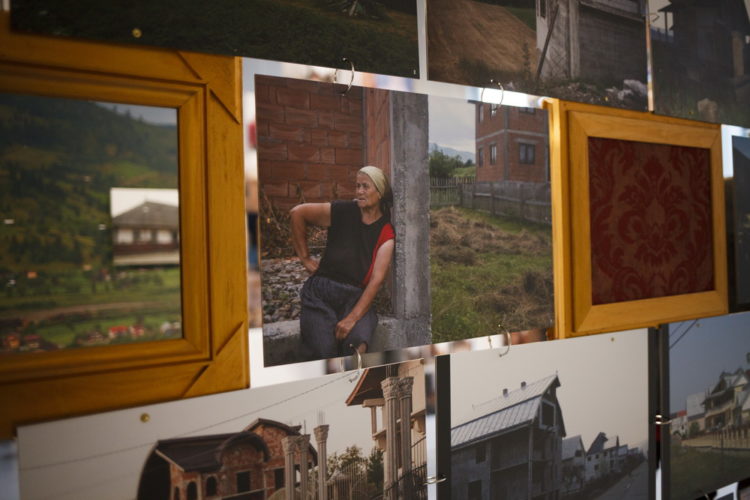

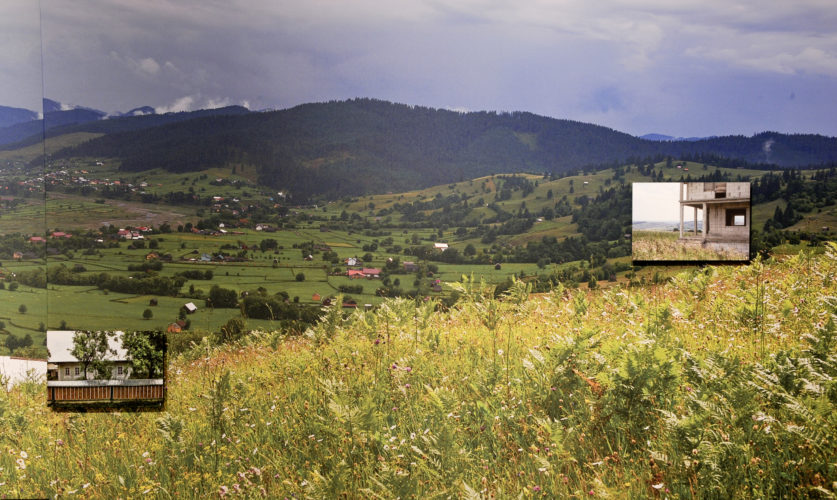
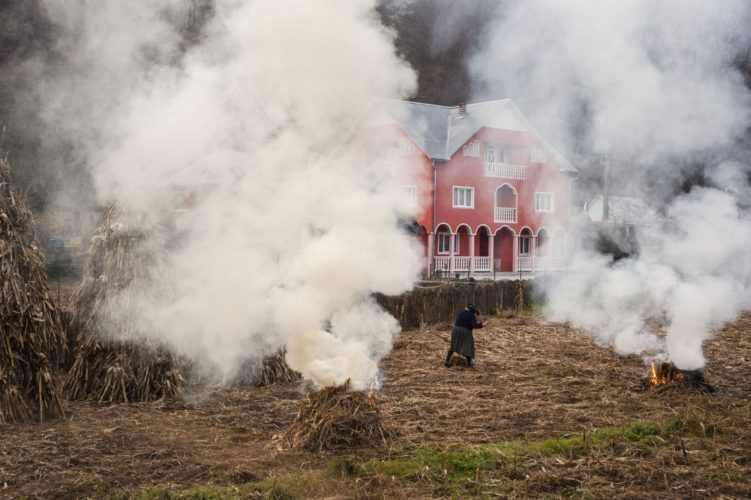
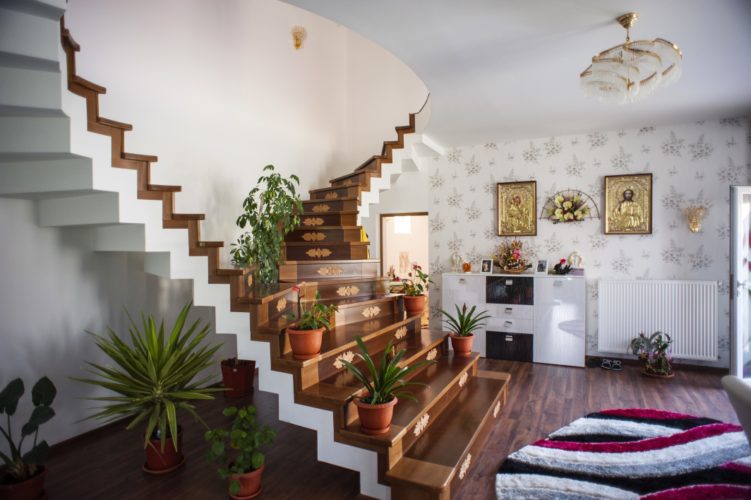
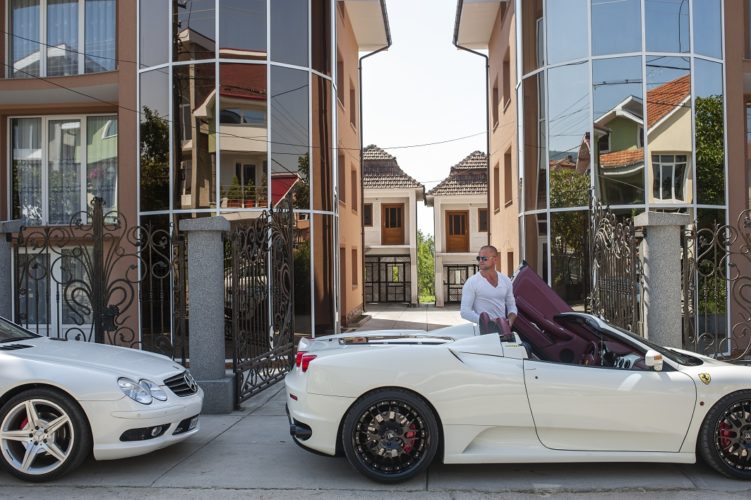
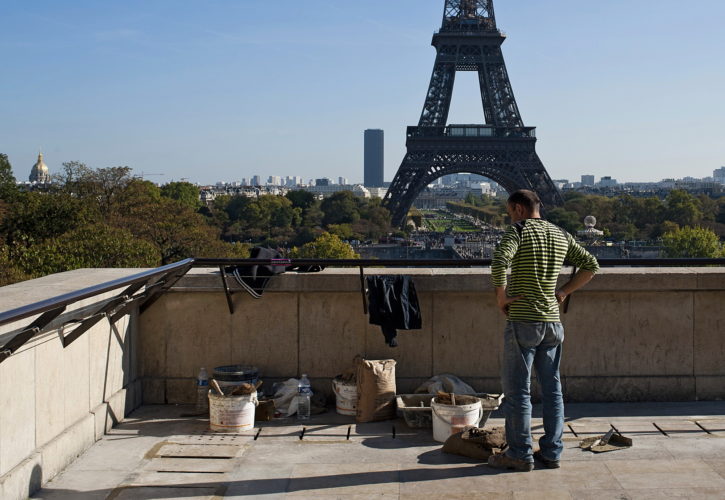
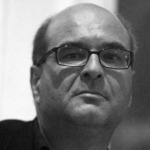
Comments are closed here.